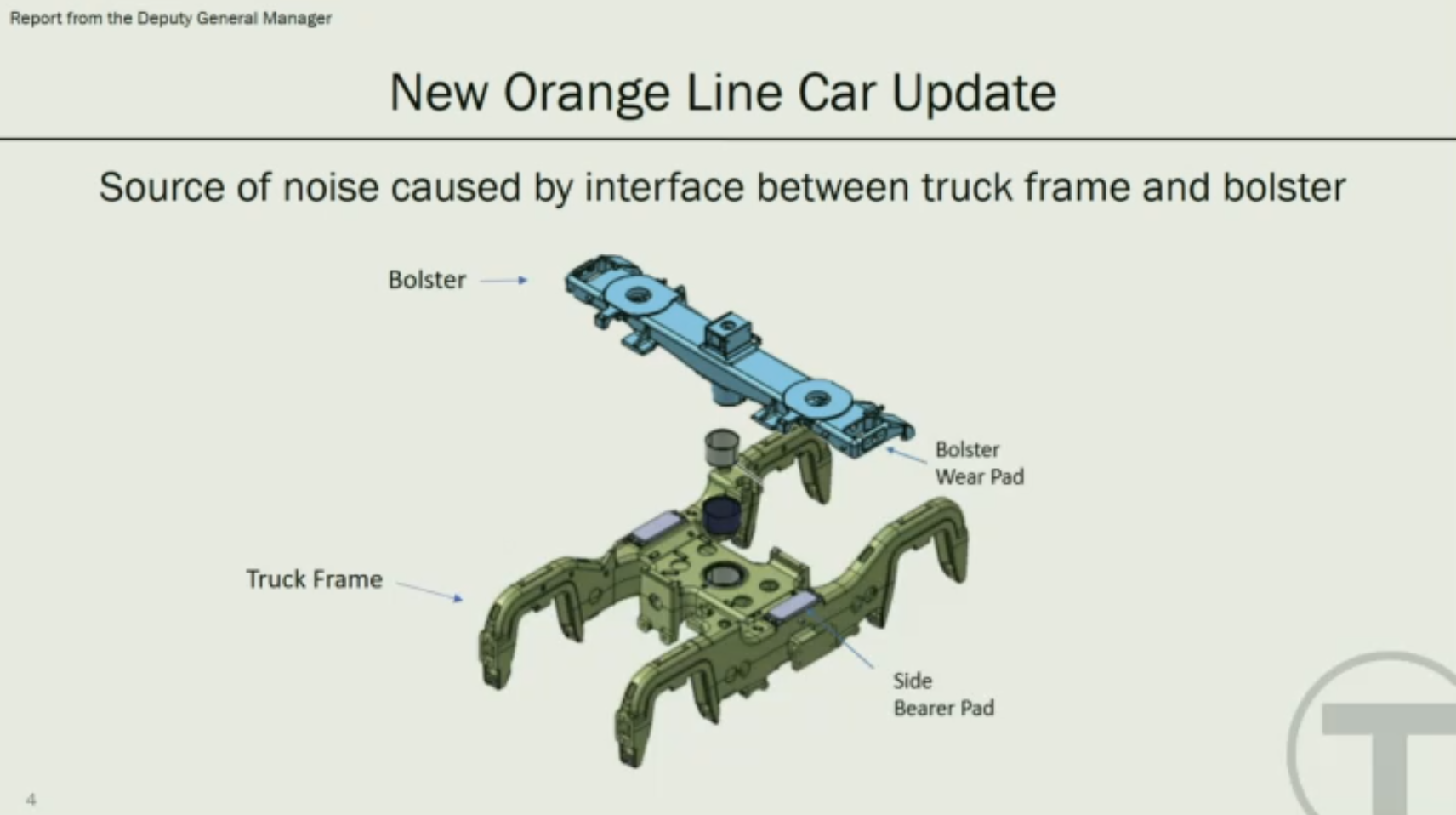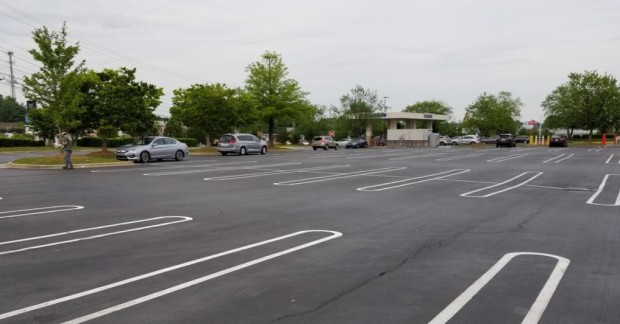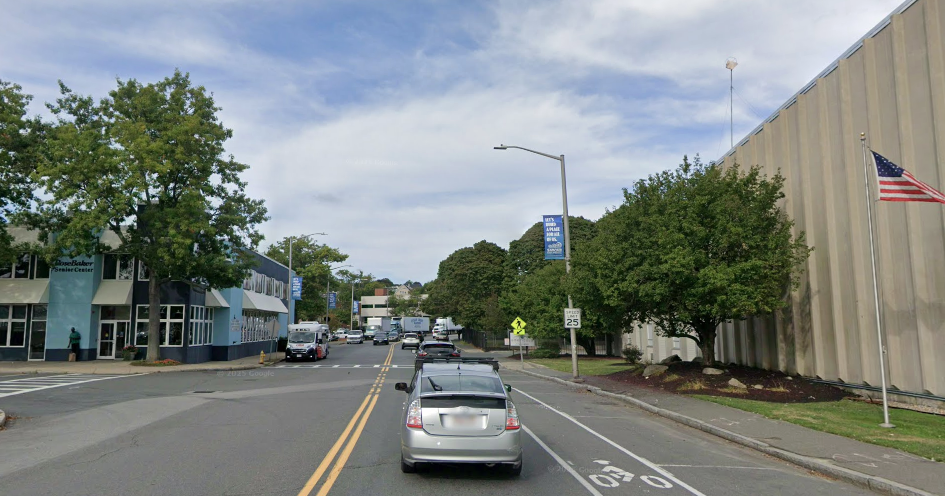At the MBTA's regular Fiscal and Management Control Board meeting yesterday, T officials presented an update on the new Orange Line cars, which have been taken out of service for the third time since they debuted last August.
The new Orange Line trains have been temporarily taken out of service. Inspectors identified a fault with the bolsters which is being corrected to ensure the vehicles are reliable & safe for the duration of their service lives. We expect to return them to service later this week.
— MBTA (@MBTA) March 3, 2020
Employing an idiom that has gained remarkable popularity for cancelling plans this winter, Deputy General Manager Jeff Gonneville told board members that the new trains had been pulled "out of an abundance of caution" after engineers identified another issue with the new trains' bolster components, which lie between the floor of each car and the truck frame, which holds the train's wheels (see diagram above).
Readers may recall that the T also pulled the new trains out of service last November after the same parts were determined to be the source of an "uncommon noise" on the new trains.
In a January FMCB meeting, Gonneville reported that those parts had been replaced, and that the assembly line has been updated in the Springfield manufacturing facility where additional new Orange and Red Line trains are being assembled.
But now, the same part appears to be creating a new problem.
"It is not the same issue as we were seeing the last time, but (our engineers) also worked to come up with a retrofit - a modification for a particular part - that we are going to be doing and installing on the vehicles," said Gonneville on Monday.
"We are planning to do some testing on that part on the cars early this week with the hopes that we begin retrofitting later in the week," continued Gonnville. "We are not ready to commit when the trains will go back into service, but certainly we are optimistic that they will not be out of service as long as, or much longer than they were last time."
A July 2016 investigation from FactWire, an independent investigative journalism nonprofit based in Hong Kong, found that similar problems had led Singapore’s transit agency to secretly ship 35 defective trains back to CSR Sifang, a CRRC subsidiary, for complete replacement.
“It’s a structural problem,” an anonymous source from the Chinese rail industry told FactWire. “The bolster function balances the train’s weight and swing range, [therefore] cracks are dynamic, [they] can spread to the train car body with the bolster function, so the entire train car must be replaced.”
MBTA officials declined to respond directly to the FactWire report, but said that the MBTA, CRRC, and other vendors have been collaborating on a new design for the bolster components.
Gonneville assured board members that all future Orange and Red Line cars scheduled to be manufactured by CRRC would also adopt the new design.






